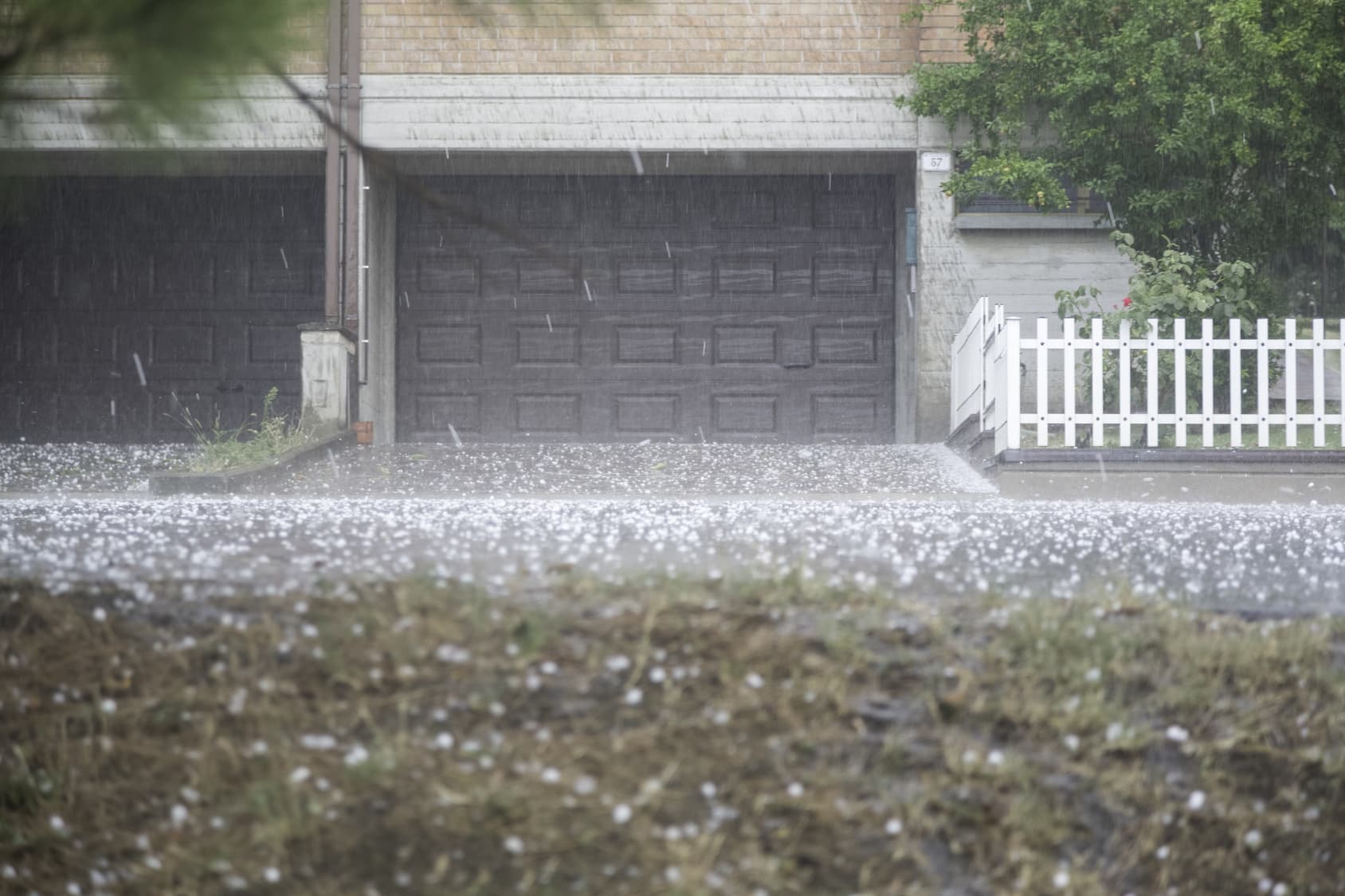
12 Apr Ask the Roof Consultants: How Do Natural Elements Impact my Roof?
Roofing systems and roofing products represent a large and diverse section of the construction industry. There are many types of roofing systems, and when segmented, the variety of roofing products increases dramatically. It leads many people to ask roof consultants questions in determining which are the best, and with the prevalence of insurance claims, ask which roofing systems last longer and are more resistant to inclement weather.
Ask the Roof Consultants: The Reality of Roofing Products
Ask roof consultants and they’ll tell you that all roofing products are designed to withstand weather; the question is at what point does weather become severe enough to damage roofing products. Like many consumer or commercial products, roofing products must meet certain design, performance, and/or safety criteria before they are sold. In roofing, the authorities involved in determining the performance of roofing products can include: American Society for Testing Materials (ASTM), Underwriters Laboratory (UL), Factory Mutual (FM), American National Standards Institute (ANSI), et al. Many products that are in your home, if you read the package or labeling, will document that the product has met a testing or performance standard from one of these testing companies.
Many of the companies above provide standards for roofing products and how they should perform under certain circumstances: fire resistance, wind uplift, impact resistance, and a multitude of others. However, roofing systems do fail despite passing performance criteria and being installed correctly. Weather is the greatest enemy of a roofing system, especially in keeping the building interior water-tight.
When asked, roof consultants to identify three ways weather impacts a roofing system:
UV Deterioration
While the sun is a very powerful energy source for our world, the impact that its UV rays can have on a roofing system can problematic if the roofing system is not protected. The roofing systems in questions are ones with a black membrane or water-resistant surfaces. Asphalt BUR and modified bitumen roofing systems are asphalt based products, asphalt when unsupported, is notorious for cracking and deteriorating under years of UV exposure. EPDM or rubber membranes are also susceptible to deterioration due to UV. UV can dry out the lap sealant around field seams and flashings, causing these critical areas to delaminate and expose the building interior to water intrusions. Finally, SPF or Sprayed on Polyurethane Foam roof requires a protective coating from the sun, and many are applied with coatings to protect them. However, coatings fail and if a new coating is not applied to the foam it will quickly deteriorate.
Hail Damage
As we mentioned before, all roofing systems are designed to withstand the weather. The question roofing consultants receive is: at what point does weather become severe enough to cause physical damage to the roofing product? Hail can damage commercial roofing systems, but it typically takes hail reaching a certain size which is usually at 1” in diameter and above. On commercial roofing systems, hail can crack and puncture the roofing membrane and allow water to enter the building interior.
Wind Damage
In addition, wind damage to roofing membranes occurs when the weather reaches a certain threshold, but the installation of the roofing system as well the wind-speed rating of the roofing systems can affect whether a roofing system fails. The starting point for most wind-speed ratings for commercial roofing systems starts at 55-mph and increases from there. But physical damage due to wind uplift includes: delaminated membrane in fully-adhered applications and torn membrane in mechanically attached membranes. More general indicators of wind damage will be torn and wrinkled membrane in the corners of the roofing system—the most susceptible part of the roofing system to wind uplift. And, of course, the membrane can be blown completely off. The obvious impact to the roofing system is that the membrane can become compromised and allow water to enter the building interior.
The roof consultants at Alliance Consulting & Testing are more than happy and willing to answer any of your roofing questions. You can send us your questions by contacting us anytime.
Bonus: Before you hire a contractor to replace your building’s roof, download our free roof information guide, “10 Most Costly Mistakes When Buying A Commercial Roof.” Inside this guide, you’ll discover the pitfalls many building owners fall into when replacing their roofs and how you can avoid them!


